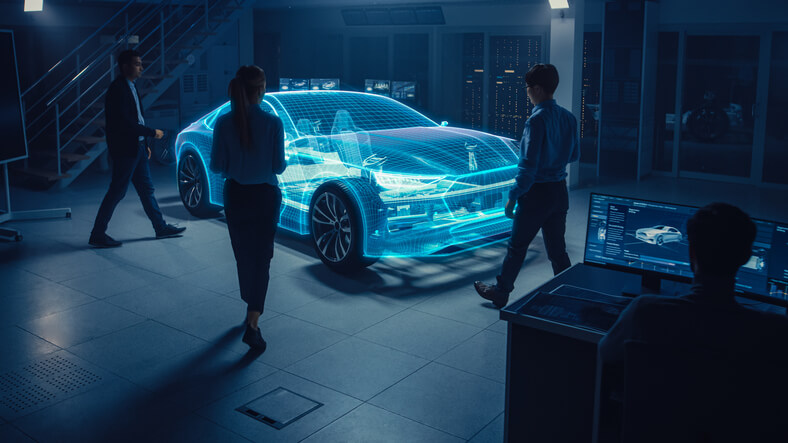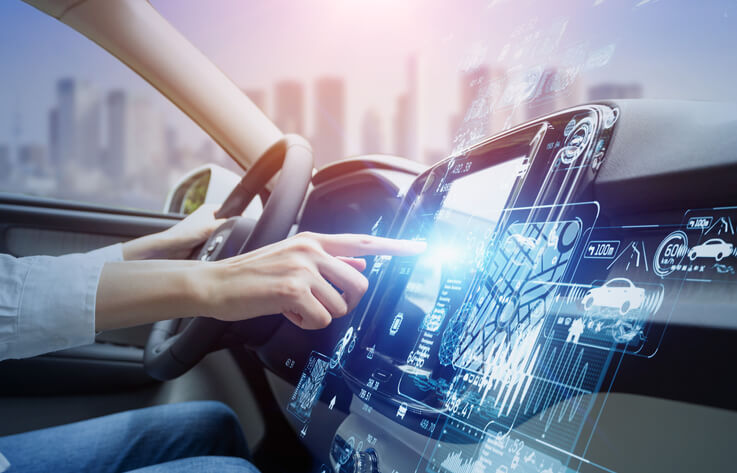Considering Automotive School? How EVs Of The Future Will Differ From Today’s
In an era where technology and innovation are at the forefront of every industry, the automotive sector stands out as a beacon of rapid evolution and groundbreaking inventions. At the heart of this transformation is the introduction of vehicles like the Polestar 4, an icon of modern automotive technology. Its most notable and intriguing feature is the absence of a traditional rear window, replaced with a high-tech digital display system. This design choice is a stylistic innovation and a functional revolution, redefining what we consider essential in vehicle design.
Understanding the intricacies of technological advancements of such vehicles is becoming increasingly crucial for those in automotive school. The Polestar 4, with its unique blend of luxury, performance, and futuristic design, embodies the new direction in the automotive industry. Its design philosophy and technical features provide a window into the future of car manufacturing, where digital technology and environmental considerations play pivotal roles.
The Polestar 4’s Advanced Rear View Technology
Without a rear window, the Polestar 4 compensates with an innovative high-definition screen that provides real-time footage from a roof-mounted camera. This design choice by the company isn’t just for aesthetics; it’s a strategic move to enhance safety and functionality. The digital feed offers a more transparent, comprehensive view of the rear, which is especially beneficial at night. Unlike traditional rearview mirrors, which might show limited visibility, the Polestar 4’s screen can reveal a broader and more precise picture of what’s behind the vehicle.
Furthermore, this system is designed with flexibility in mind. With the press of a button, the screen can be deactivated to allow the driver to view the rear passengers – a thoughtful feature for families. This technology reflects a growing trend in the automotive industry, where traditional elements are replaced with digital solutions to improve safety, convenience, and the overall driving experience.

Implications for Automotive School and the Future of Vehicle Technology
The Polestar 4’s design, particularly its high-definition rear view screen, represents a shift in automotive technology and new car features. This shift has significant implications for automotive schools. The curriculum must now include traditional automotive knowledge and an understanding of advanced digital systems, sensor technologies, and maintenance.
The Polestar 4 comes with a range of other impressive features. It offers considerable power and performance in both single- and dual-motor layouts. The dual-motor version is the brand’s fastest production car, boasting 544 horsepower and 506 pound-feet of torque. Meanwhile, the single-motor variant offers a respectable 272 hp and 253 pound-feet of torque, with a preliminary range target of over 300 miles. With nine airbags, twelve cameras, a radar system, and twelve ultrasonic sensors, the car is a leader in safety features.

Details on the Polestar 4’s North American market are expected in 2024. This timing allows hybrid and electric mechanics to prepare their skills and facilities to accommodate such advanced vehicles.
Are you interested in hybrid and electrical mechanic training?
Contact ATC Montreal to learn more!


